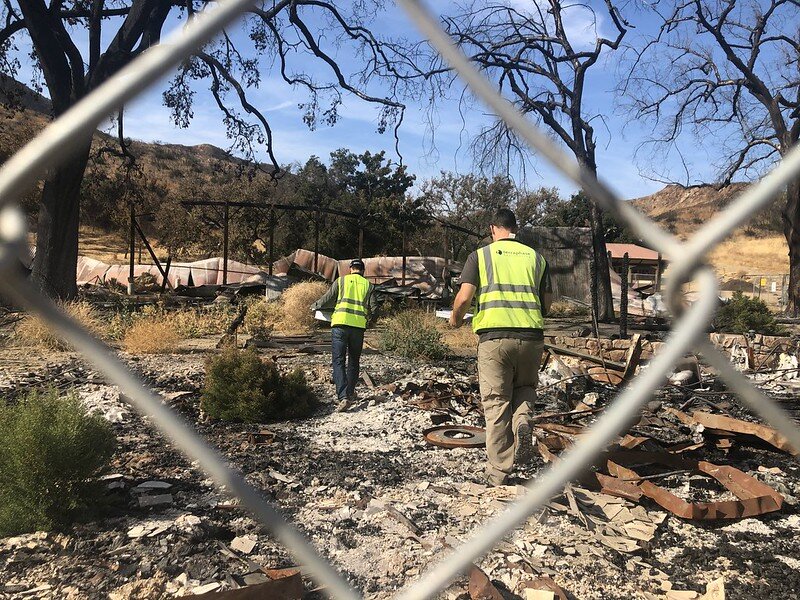Statement from National Park Service in Remembrance of Mountain Lion P-22
/The National Park Service joins its partners, friends, and community members here in Los Angeles, and around the world, in remembering mountain lion P-22.
(Note: Today, Saturday, December 17, 2022, the California Department of Fish and Wildlife (CDFW) announced that P-22 was compassionately euthanized today following complete health evaluation tests. After these tests, CDFW obtained a clear picture of the mountain lion’s medical condition and overall health. He had several severe injuries and chronic health problems. Based on these factors, compassionate euthanasia under general anesthesia was unanimously recommended by the medical team at San Diego Zoo Safari Park, and CDFW officials made the decision to do so today. See complete press release at https://wildlife.ca.gov/News/mountain-lion-p-22-compassionately-euthanized-following-complete-health-evaluation-results.)
Mountain lion P-22 was more than just a celebrity cat. He was also a critical part of a long-term research study and a valuable ambassador for the cause of connectivity and for wildlife in the Santa Monica Mountains and beyond.
He was one of the oldest mountain lions in a study that the National Park Service has been conducting since 2002 and one of its most interesting. When he was captured and collared in March 2012 by National Park Service biologists, he was estimated to be about two years old.
Likely born in the Santa Monica Mountains as the son of adult male P-1, he somehow found his way to his tiny, nine-square-mile home in Griffith Park, separated from the Santa Monicas by the 101 and 405, two of the busiest freeways in the world. Defying expectations, he persisted for more than 10 years in the smallest home range that has ever been recorded for an adult male mountain lion.
Although he made frequent appearances on the streets of the Hollywood Hills and even, more recently, of the Silver Lake neighborhood, he was also clearly a wild cat, doing so mostly late at night, and subsisting largely on natural prey such as deer and coyotes.
In the end, he found his way into many Angelenos' hearts and home surveillance camera footage.
Park biologists aim to understand and conserve the species that live in and around the park for generations to come. Although P-22 is now physically gone, scientists will be analyzing his data for years to come.
This animal's life and safe passage to Griffith Park are a testament to both the challenges and the possibilities for wildlife in Los Angeles. He showed us what mountain lions must do to survive in our urban landscape, as he dispersed through it to find a remaining island of habitat.
He also showed us what they are capable of: surviving and co-existing with millions of people in a city as dense and sprawling as Los Angeles.
Goodbye, P-22. Your scientific legacy will live on.





